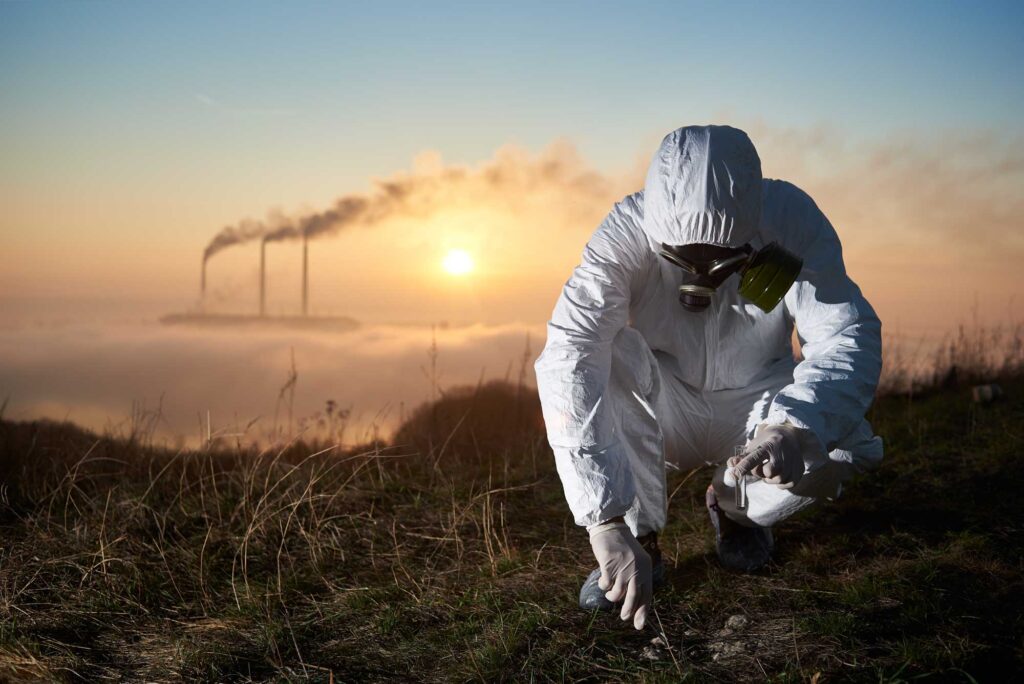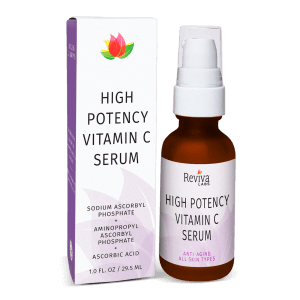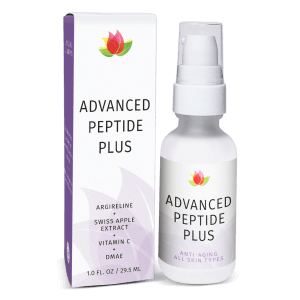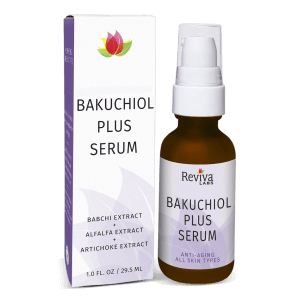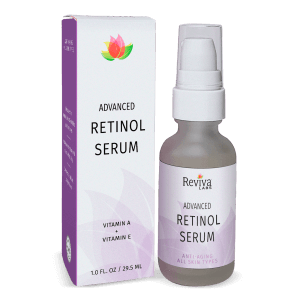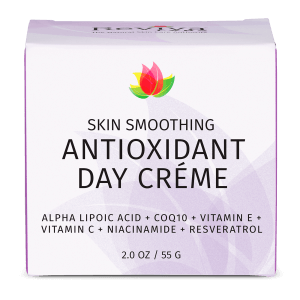Reviva Labs, Skin Care
The Effects of Pollution on Your Skin and How to Combat It
Your skin tells a story. Every day, it battles the elements, defends against irritants, and absorbs the world around you. Pollution is an invisible enemy, creeping into your pores and accelerating damage beneath the surface. Airborne toxins trigger inflammation, speed up aging, and compromise your natural barrier.
A study published in the Journal of Investigative Dermatology found that people exposed to high levels of airborne pollutants had a 20% increase in age spots compared to those in cleaner environments. That means pollution doesn’t just sit on the skin—it alters its biology, leading to visible changes over time.
How Pollution Damages Your Skin
Every breath you take carries microscopic threats. Airborne pollutants like nitrogen dioxide, particulate matter, and polycyclic aromatic hydrocarbons don’t just affect your lungs—they attach to your skin, triggering oxidative stress. This process weakens collagen, speeds up fine lines, and creates uneven pigmentation.
Pollution also depletes skin’s natural antioxidants, particularly vitamin E and vitamin C, which help neutralize free radicals. Without adequate defense, your skin becomes more susceptible to dullness, dehydration, and breakouts. Even the tiniest pollutant particles can penetrate deeper layers, igniting long-term inflammation.
Water pollution adds another layer of concern. Heavy metals such as lead, arsenic, and mercury can find their way into tap water, disrupting skin’s microbiome and leading to irritation, rashes, or increased sensitivity. If your skin seems more reactive than usual, environmental toxins could be playing a role.
The Visible Signs of Pollution Damage
Your skin reflects your environment. Living in an urban area means facing pollutants that accelerate signs of aging. Fine dust and smog particles settle into pores, leading to congestion, breakouts, and an overall dull complexion.
Hyperpigmentation is another consequence of pollution exposure. Tiny airborne toxins generate free radicals that disrupt melanin production, creating dark spots and uneven tone. If you’ve noticed stubborn patches that seem to darken over time, pollution could be fueling them.
Premature wrinkles form when pollution weakens the skin’s protective barrier. A compromised barrier means increased moisture loss, leaving skin dehydrated and less resilient. Over time, this leads to fine lines that appear earlier than expected.
How to Protect Your Skin from Pollution
Your skin needs a strategy—one that shields, repairs, and strengthens against daily exposure. The right approach goes beyond cleansing; it requires a combination of antioxidants, hydration, and barrier reinforcement.
Start with a gentle but effective cleanser that removes pollutants without stripping natural oils. Harsh cleansers can disrupt your skin’s barrier, making it more vulnerable to environmental damage. Look for formulas that contain soothing ingredients like aloe vera or chamomile to calm irritation.
Antioxidants are your skin’s best defense. Vitamin C, vitamin E, and niacinamide work together to neutralize free radicals before they cause damage. These powerhouse ingredients help repair existing harm while strengthening skin’s ability to resist future exposure.
Barrier support is essential. A well-formulated moisturizer acts as a shield, keeping pollution out while locking hydration in. Ingredients like hyaluronic acid and ceramides reinforce the skin’s defenses, making it less susceptible to environmental stressors.
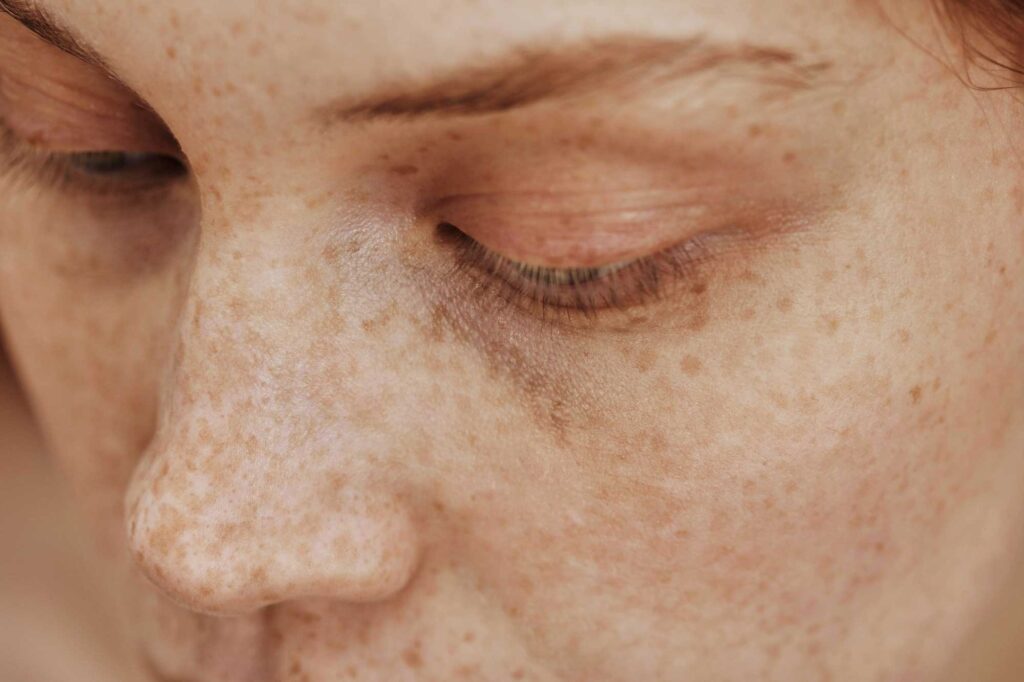
The Role of Sunscreen in Pollution Protection
UV exposure and pollution form a dangerous duo. Together, they amplify skin damage, accelerating aging and increasing the risk of hyperpigmentation. Broad-spectrum sunscreen isn’t just for sunny days—it’s a daily necessity.
Choose a sunscreen with added antioxidants to combat free radical damage. Mineral-based sunscreens with zinc oxide or titanium dioxide offer an extra layer of protection by reflecting pollutants away from the skin. Apply generously and reapply throughout the day, especially if you’re spending time outdoors.
How Lifestyle Choices Reduce Pollution Damage
Your environment affects your skin, but so do your daily habits. A diet rich in antioxidants provides internal support against pollution’s effects. Berries, leafy greens, and omega-3 fatty acids help combat oxidative stress and promote skin resilience.
Hydration plays a crucial role. Drinking enough water supports the skin’s detoxification process, flushing out toxins and maintaining elasticity. Herbal teas rich in polyphenols, such as green tea, offer an extra boost of antioxidants.
Air quality matters, even indoors. Investing in an air purifier can reduce exposure to pollutants that accumulate inside your home. Keeping windows closed during high-pollution days and using plants known for air purification, like snake plants and peace lilies, can make a difference.
Repairing Pollution-Damaged Skin
If your skin is already showing signs of pollution damage, repair is possible. Regular exfoliation removes buildup, allowing fresh, healthy skin to emerge. Enzyme-based or gentle acid exfoliants help clear congestion without causing irritation.
Hydrating masks infused with hyaluronic acid, green tea extract, or niacinamide restore balance and soothe inflammation. Using a weekly treatment can help counteract the effects of daily pollution exposure.
Nighttime skincare is an opportunity for recovery. While you sleep, your skin undergoes natural repair processes. Applying a nourishing serum with peptides or retinol encourages cell turnover, helping to reverse the visible impact of pollutants.
Protecting Your Skin for the Long Term
Pollution may be unavoidable, but its impact on your skin doesn’t have to be. With the right skincare routine, daily protective measures, and a few lifestyle adjustments, you can shield your skin from damage and maintain a radiant, healthy complexion.
Your skin deserves the best defense—because every day, it’s fighting for you.



